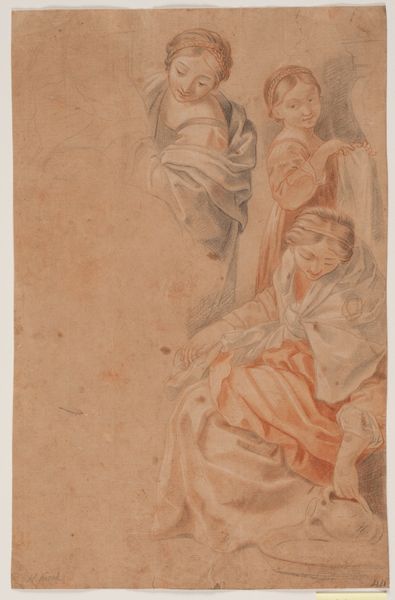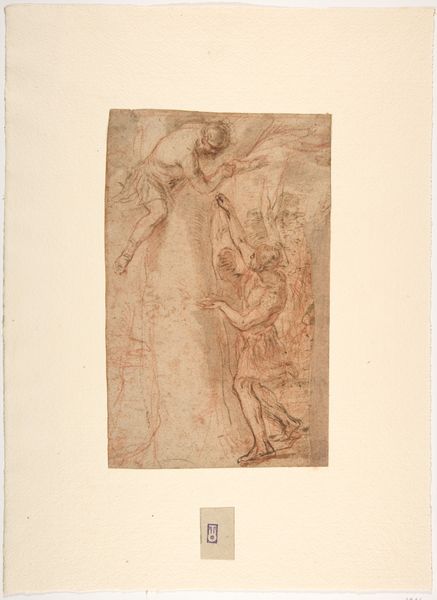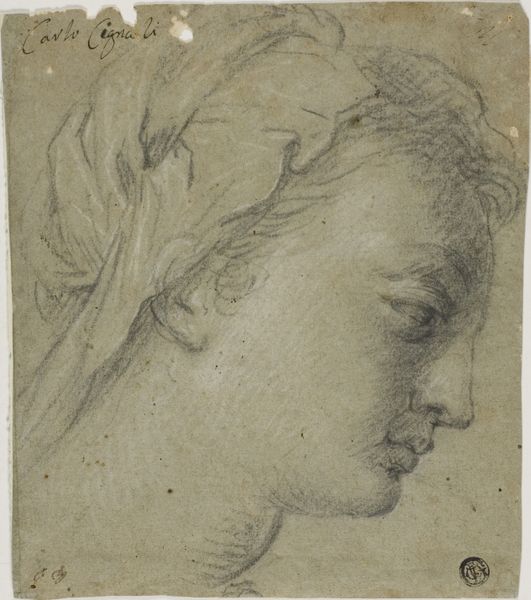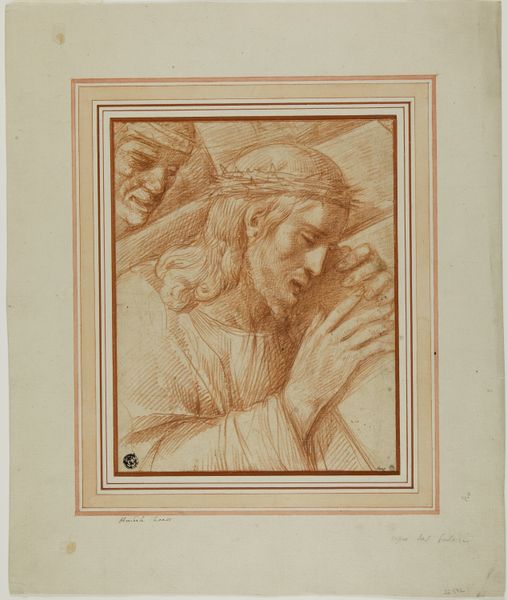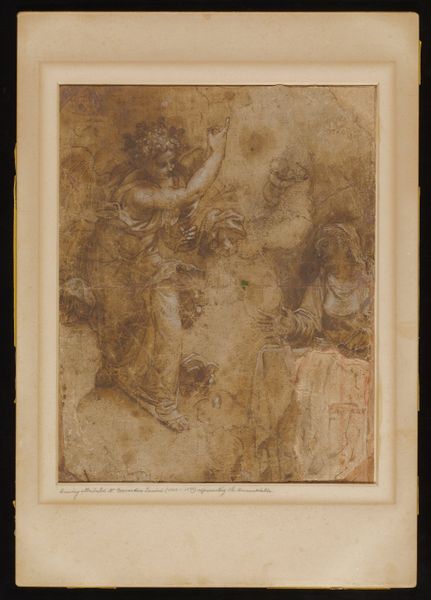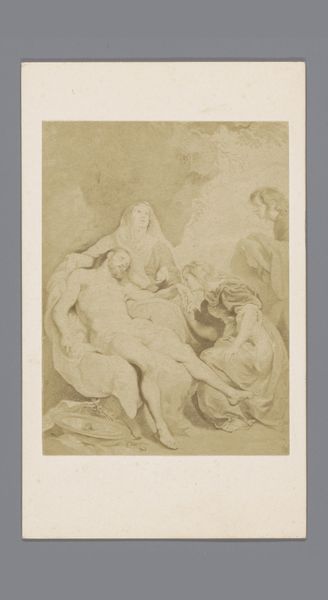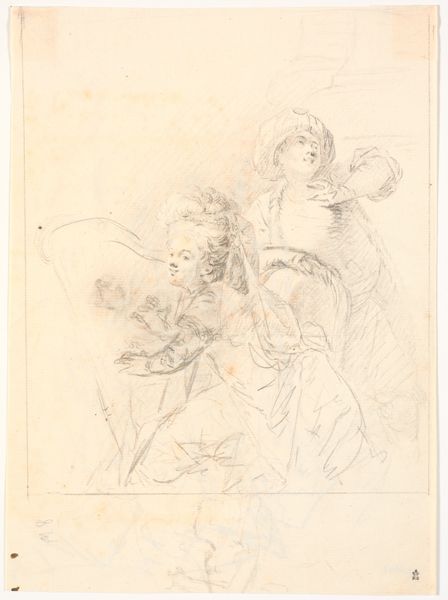
drawing, print, paper, pen
#
portrait
#
drawing
# print
#
paper
#
11_renaissance
#
pen
#
italian-renaissance
#
watercolor
Dimensions: 15 11/16 x 10 11/16in. (39.8 x 27.1cm)
Copyright: Public Domain
Curator: This is "Sheet of Studies: Heads, Hands, and Doves" by Luigi Garzi, created sometime between 1638 and 1721. It’s a drawing using pen and brown ink on paper. Editor: There’s something quite delicate about this piece. It has a sense of the ephemeral – a captured moment, a fleeting thought, quite nice, really. Curator: What intrigues me is how this sheet illuminates the material labor inherent in art creation, right? It’s not a polished, finished product. It's a workspace showcasing Garzi’s process. We're seeing the means of production laid bare, almost like observing him work in his studio. Editor: And these weren’t necessarily studies “for” anything, but likely artistic exercises or demonstrations within the studio environment, and circulated within those parameters. What role would a piece like this play outside of a space like that in 17th-18th century Italy, I wonder? How would people have regarded studies versus what they understood a finished drawing to be? Curator: That’s it exactly, these hands and faces...the doves feel like explorations in form and technique. Not sketches for some grand religious scene or aristocratic portrait, right? How might Garzi have sourced materials, trained apprentices – these factors inform the work as much as his technical skill. Editor: I’m also curious how Garzi, situated within a specific socio-political context, might have understood or subverted expectations. Who consumed drawings such as these, and how might power structures influenced his stylistic choices or subject matter? The Italian Renaissance was hardly a static landscape! Curator: Right! The very act of preserving and exhibiting this, as opposed to another artwork, in this museum also says a lot, does it not? This presentation influences public consumption. What message are we sending by elevating what would have been considered, as you noted, “studio practice” to high art? Editor: Precisely. That’s what resonates for me, understanding the cultural and institutional framing that surrounds something as seemingly straightforward as this drawing. It shows the act of *making*, rather than what is made, elevating not just the end-product of art to something for the elite and academy but making it something, for at least the length of a thoughtful viewer's experience, a chance for a wide range of society. Curator: Definitely a reframing that offers space for examining what and whom constitutes a valued aesthetic expression in the world. Editor: An insight I always relish finding a fresh perspective on, as well!
Comments
No comments
Be the first to comment and join the conversation on the ultimate creative platform.
